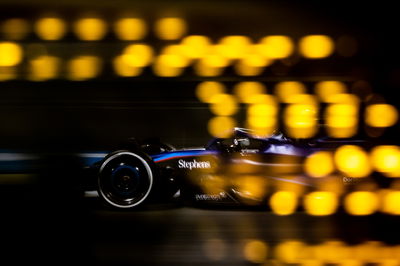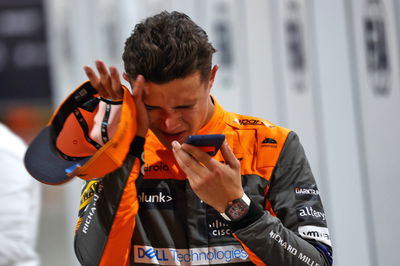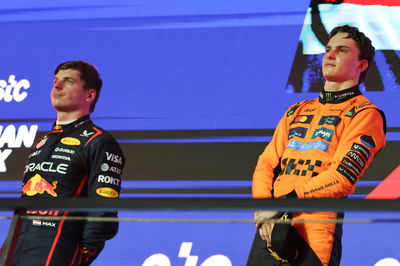Changing Merc concept is no quick fix - just ask Aston! Bahrain talking points
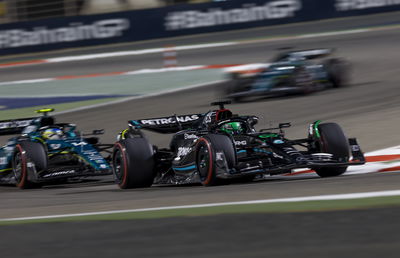
A long road ahead for Mercedes
After qualifying sixth and seventh for F1’s season-opening Bahrain Grand Prix, Mercedes team boss Toto Wolff declared that his team must change car concept if they want to challenge Red Bull. It was a remarkable claim after just the first qualifying session of a new season, particularly as the 0.6s gap would have been smaller had both Lewis Hamilton and George Russell been able to do two runs in qualifying.
Judging by Mercedes’ race day performance, Wolff’s comments weren’t premature with the W14 not a match for Aston Martin’s impressive AMR23, while Red Bull’s RB19 is in a different league altogether. Not only does the W14 lack overall downforce, but neither Hamilton nor Russell were able to push in the race as tyre degradation was a clear limitation, and ultimately was the reason why they lost out to Aston Martin.
Moving forward, Mercedes may fare better at other circuits where rear tyre degradation is less critical given that the Bahrain International Circuit’s abrasive track surface is an outlier. However, while that may be the case, challenging Max Verstappen and Red Bull looks as far away as last year.
But how do they turn it around?
Changing their car concept is no quick fix - ask Aston Martin. In 2022, Aston Martin introduced an entirely new car for the Spanish Grand Prix after their initial challenger failed to hit their own development goals.
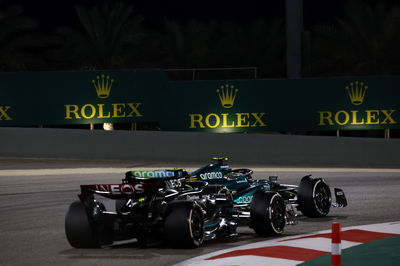
Aston Martin’s new car was strikingly different to their predecessor and was even dubbed the ‘green Red Bull’ due to its similarities to the dominant RB18. The Silverstone-based team didn’t enjoy immediate progress as their new concept brought difficulties as they tried to understand it.
Eventually, Aston Martin made moderate progress throughout 2022, ending the year as the sixth-fastest car after being the slowest. More importantly, their new, Red Bull-like concept had more development potential and they’ve reaped the benefits of it with their new car this year.
Mercedes may have to go down a similar route and adopt a Red Bull-like concept, but spend 2023 understanding it, fine-tuning it before working towards a car in 2024 that could get closer to the front. There’s no quick fix in F1 and Mercedes may have to take one step backwards to move two steps forward.
Deja vu for Leclerc
Charles Leclerc was once again let down by Ferrari when his engine failed on Lap 40, forcing him out of the race and costing him a likely podium finish. Not only is outright performance an issue for the team, but the reliability gremlins that plagued their 2022 chances also appear to have returned albeit in another part of the power unit.
While the issue in Bahrain wasn’t directly linked to the number of engine failures they suffered last year, reliability was a key area of focus for Ferrari over the winter. Team boss Frederic Vasseur admitted they “never expected” the issue that forced Leclerc to retire after a seamless pre-season test, while their running on the dyno back in Maranello was positive.
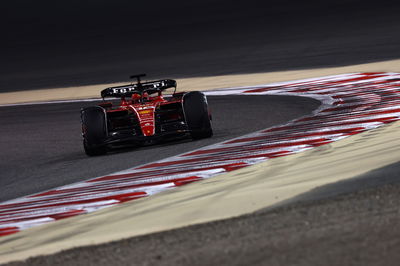
To make matters worse for Leclerc, besides Ferrari being close to one second off per lap on race day, he could be set to receive a grid penalty. As per FIA regulations, drivers are allowed just two energy store (ES) components during the entire year.
According to a report in the Italian media, Leclerc’s ES isn’t recoverable, and his first one was changed ahead of the race. If the first component is unusable for Jeddah, the Monegasque could be set for a grid drop already.
Leclerc is being let down by Ferrari once again and it doesn’t look like that’ll be changing anytime soon.
Ominous sign for Red Bull
It was a perfect day for Red Bull in the Bahrain desert, akin to what we got used to with Mercedes between 2014 and 2020. Max Verstappen controlled the race from the front with ease, building a four-second gap in just five laps.
Sergio Perez made amends for a poor start by overtaking Leclerc on track to secure Red Bull’s first-ever 1-2 in a season-opener. Remarkably, it was also Red Bull’s first round-one triumph since 2011 with Sebastian Vettel.
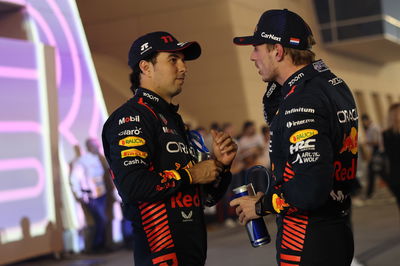
The signs are ominous for the reigning F1 constructors’ champions after Verstappen revealed after the race that his engineer, Gianpiero Lambiase, didn’t let him push at all in the second half of the race. Given that Red Bull still maintained a dominant pace over the rest of the field, it’s bad news for everyone else if there’s still more to come from the RB19.
Aston Martin are the real deal
It is final confirmation that Aston Martin are the real deal. In Sunday’s race, they were the second-fastest team as Fernando Alonso and Lance Stroll sliced through the Mercedes drivers.
As thought after pre-season testing, the Aston Martin’s tyre degradation combined with its incredible low-speed performance allowed Alonso to overtake Carlos Sainz, Hamilton and Russell on track. Stroll, who hadn’t driven the AMR23 in anger ahead of the weekend due to the injuries he sustained in a cycling accident, wasn’t far off his veteran teammate, managing to undercut Russell to finish sixth.
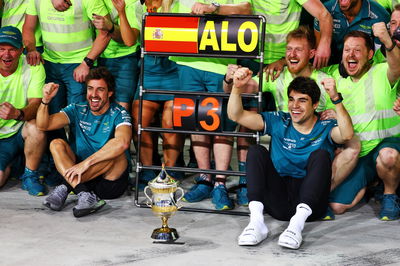
Aston Martin are in a great spot to capitalise on Ferrari and Mercedes’ struggles, given their design concept is similar to Red Bull’s. Alonso’s rostrum appearance resulted in a funny quip by Perez in the post-race press conference: “It’s nice to see three Red Bulls on the podium”.
Williams’ underrated weekend
Had it not been for Aston Martin’s stunning weekend in Bahrain, much of the focus would have been on Williams. We didn’t get to see the best of Alex Albon in qualifying, who suffered a damaged front wing which compromised his chances in Q2.
Without it, Albon felt a spot in Q3 was a serious possibility, or at least, qualifying 11th ahead of McLaren’s Lando Norris. Logan Sargeant also fared well on his debut as he was unfortunate to miss out on Q2, matching Norris’ time to the thousandth, with a 0.2s deficit to his more experienced teammate.
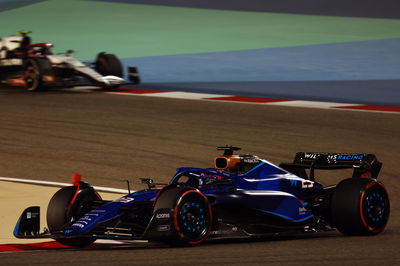
Fast forward to race day, both Albon and Sargeant made lightning starts, moving up to 11th and 13th respectively. Williams adopted to put on another set of softs at their second stops - like Red Bull - before switching to the hard tyre, like everyone else, when they stopped again.
While Albon came under serious pressure from Yuki Tsunoda in the closing laps, he held on to finish tenth and score an important point for Williams in new team boss James Vowles’ debut with the team. While Sargeant missed out on points, his F1 debut was impressive.
Given that not much was expected of Williams going into 2023, they should be pleased with how they’ve started it.
